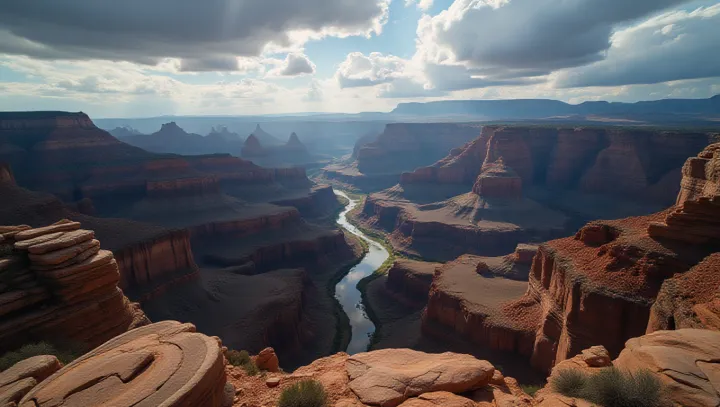Erosion's Masterpiece: The Grand Canyon

Spanning vast stretches of northern Arizona, the Grand Canyon is an unparalleled natural wonder that has commanded attention for centuries. Carved by the relentless power of the Colorado River, this immense chasm is a vivid illustration of the erosive processes that have shaped our planet over millions of years. The Grand Canyon's layers reveal geological histories dating back nearly two billion years.
This monument of nature has developed through a gradual, yet dramatic, process of erosion—a process driven primarily by water, gravity, and time. These forces have diligently sculpted the canyon into a deep, expansive formation that is admired globally for its stunning vistas and intricate rock formations. Leading experts in geology describe the canyon as a living record of Earth's past.
Dr. Emily Roberts from the National Geological Institute states, 'The Grand Canyon is a crucial feature for understanding geological time, offering insights into the processes that have not only shaped the rest of the continent but the planet overall.' As environmental changes continue to be a topic of global discussion, the Grand Canyon stands as both a reminder and an educator. Preserving such natural landmarks is essential for ongoing scientific study and for future generations to appreciate nature's capabilities in shaping our environment over the eons.
